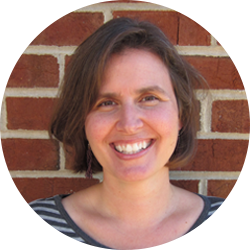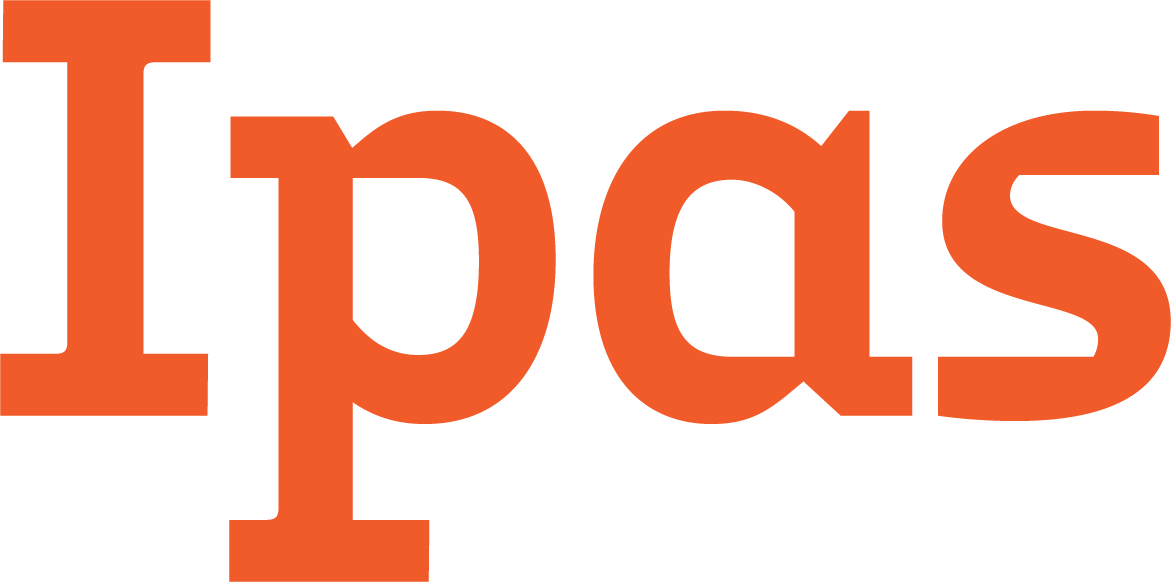Kristen Shellenberg, PhD, Ipas senior research advisor
 Dr. Shellenberg recently co-edited a special issue of Women and Health on abortion stigma. The special issue also features “Developing a Scale to Measure Stigmatizing Attitudes and Beliefs about Women Who Have Abortions: Results from Ghana and Zambia,” an article that she co-authored with Leila Hessini, Ipas director of community access, and Brooke Levandowski, former Ipas senior research advisor. The study highlights development of and results from the use of the Ipas SABAS (Stigmatizing Attitudes, Beliefs and Actions Scale) in two countries.
Dr. Shellenberg recently co-edited a special issue of Women and Health on abortion stigma. The special issue also features “Developing a Scale to Measure Stigmatizing Attitudes and Beliefs about Women Who Have Abortions: Results from Ghana and Zambia,” an article that she co-authored with Leila Hessini, Ipas director of community access, and Brooke Levandowski, former Ipas senior research advisor. The study highlights development of and results from the use of the Ipas SABAS (Stigmatizing Attitudes, Beliefs and Actions Scale) in two countries.
Q: What prompted the development of SABAS?
A: Back in 2008, Ipas made a strategic decision to further its understanding of abortion stigma and to begin to build a body of evidence that would inform organizational efforts to address the issue in our program countries. At that time, there was relatively little research being conducted on the topic of abortion stigma and there were no quantitative tools readily available to measure abortion stigma from the perspective of individuals and communities – not among women who were having abortions or clinicians who provide the service but members of the communities where we were working. Therefore, Ipas sought (and received) funding to develop a scale that would measure abortion stigma at the individual and community level in Ghana and Zambia. The research followed a rigorous scale development process that lead to the development of a tool that can be used at multiple points in a project/research cycle and in multiple country contexts. Ultimately, Ipas was able to develop a strong tool that measures individuals’ attitudes, beliefs and actions towards women who terminate a pregnancy. The scale encompasses three distinct dimensions of stigma: 1) negative stereotyping and labeling, 2) exclusion and discrimination, and 3) fear of contagion.
Q: How do you envision SABAS being used in the development of interventions to mitigate stigma?
A: SABAS provides the field with a tool for measuring multiple dimensions of abortion stigma and can be used for formative research prior to intervention design and implementation. The scale can help people identify which dimensions of stigma are most prevalent in the areas where they are working and can assist with what types of stigma related content or messages should be included in a stigma mitigation intervention. For example, organizations who use the scale may identify that their target population scores highly on the fear of contagion items and conclude that this should be a focus on their intervention. SABAS can also be used as a pre- and post-test to measure change in attitudes among individuals or as a baseline/endline measure to detect change at the community level over time. SABAS can be used in its entirety or shortened to only include one or two subscales. It has a straightforward scoring structure that allows for easy scoring, with a higher score representing more stigmatizing attitudes and beliefs about women who have an abortion. We encourage users to use the scores as continuous variables or to create cutoffs that are appropriate to your context or setting. In addition to use in Ghana and Zambia, SABAS has been tested and validated in Kenya and Uganda and is being used by Ipas and other reproductive health organizations to understand and measure stigma in various contexts. We encourage researchers and program evaluation professionals to adapt the scale for their specific needs.
Q: Explain some of the results from Ghana and Zambia and what these mean in terms of further understanding abortion stigma.
A: The average full SABAS scores were 47 in Ghana and 51 in Zambia (out of a total possible score of 90) indicating that moderate levels of stigmatizing attitudes, beliefs and actions existed among our study populations. For the negative stereotyping subscale (maximum score of 40), average scores were 25 in Ghana and 26 in Zambia. For the exclusion and discrimination subscale (maximum score of 35), average scores were 16 in Ghana and Zambia. Lastly, for the fear of contagion subscale (maximum score of 15), average scores were 6 in Ghana and 9 in Zambia. The subscale scores also indicate that there are moderate to high levels of stigma in the communities where we collected data. Another way to use SABAS data is to look at the proportion of respondents agreeing or strongly agreeing with individual SABAS items as a way of identifying which individual items are contributing the most to a county’s scores. For Ghana, the highest proportion of agreement is concentrated in the negative stereotyping subscale with between 35-91% of respondents agreeing with those eight items. For Zambia, agreement with the negative stereotyping items ranged from 55-84% and agreement with the fear of contagion items was quite high, with 63% of respondents agreeing that women who have an abortion can make other people sick and that a man who has sex with a woman who has had an abortion will become infected with disease. For both countries, the full scale scores, as well as the subscales and individual item responses provide us with rich information about how abortion stigma manifests itself in these contexts and upon which we can design our intervention content and messages.
Q: Can you share any ongoing research or information gathered in other countries using SABAS?
A: As I mentioned earlier, we’ve collected SABAS data in Kenya and Uganda and are currently exploring those results. SABAS is also going to be used by Ipas in Ethiopia in the coming months which will provide additional insight into abortion stigma in the African context. Additionally, IPPF has adapted SABAS to be more youth focused and is using it with its member organizations around the globe on their stigma reduction efforts – we’re looking forward to seeing the results in the coming months and years.
Q: Where do you think the field is in terms of abortion stigma?
A: I think we (researchers, advocates, program implementers, etc.) are starting to gain ground on understanding what abortion stigma looks like at multiple levels and from multiple perspectives (e.g., women, providers, partners, legislators) but as a field, we still have a lot to learn, particularly as it relates to measurement. Stigma is an extraordinarily complex issue and requires us to unpack society’s attitudes and beliefs around sexuality, contraception, motherhood, human rights, bodily integrity – the list goes on and on. The reality is that understanding how best to address the issue is going to take some time. This is difficult, especially for those of us who come from a public health background, since we really want to simply fix the problem so that people’s lives can be improved. Many organizations, Ipas included, are testing out different ways of intervening in the perpetuation of stigma – ranging from storytelling and disclosure, to community dialogues and awareness raising, to working directly with health care providers to ensure that they strive to provide stigma free services to week presenting for abortion. Measuring the success of any stigma reduction interventions is a work in progress. At this point, none of us know exactly what works but over the next few years, the field is likely to identify successful strategies for stigma reduction at multiple levels (i.e., individual, community, institutional, laws and policies, and public discourse and media) that can be scaled up and piloted in countries all over the world.
Q: What do you think we can learn from other fields in terms of work around stigma?
A: Other stigmatized issues, like HIV/AIDS and mental health, have years of experience in measuring stigma from the perspective of stigmatized individuals, and from individuals who may hold stigmatizing attitudes and beliefs about a certain issue or topic. The field of abortion stigma has already learned a lot from these other fields in terms of how they measure stigma (quantitatively and qualitatively), what dimensions they tap into, what kinds of questions they ask, who they ask those questions, when to ask questions, etc. and we will continue to learn from them over time.
For more information, contact [email protected]

